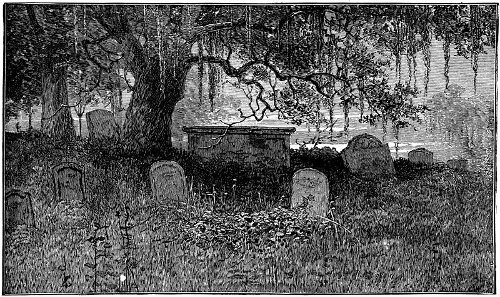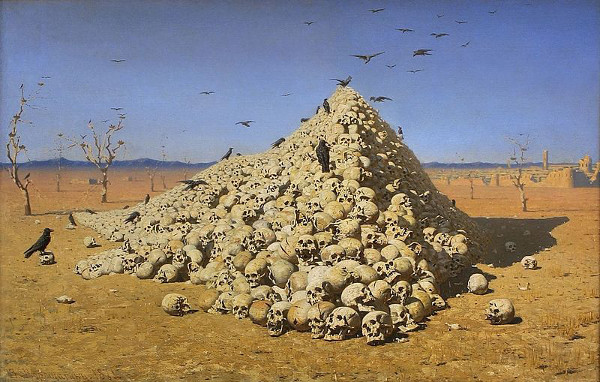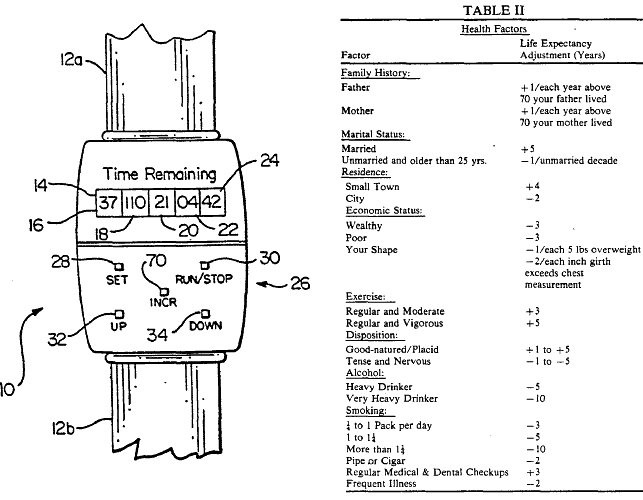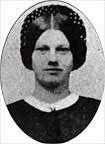A youth, the son of Mr. Richard Bolton, of Great Horton, Yorkshire, was playing a few days since with a juvenile companion, who was pretending to place a pea in his ear and to make it come out of his mouth. Bolton, believing the feat to have been really performed, was induced to make the attempt himself, and thrust the pea so far into his ear that it could not be got out. In a vain endeavour to extract it made by a medical man, it was sent further in, and the poor boy died four days afterwards from the effects.
— Times, Nov. 27, 1850
In the burying-ground at Newburyport, may be seen a stone inscribed:
Omnem Crede Dicum Tibi Diluxesse Supremum.
Sacred to the memory of Mrs. Mary M’Hard, the virtuous and amiable consort of Capt. Wm. M’Hard of Newburyport, who amidst the laudable exertions of a very useful and desirable life, in which her Christian Profession was well adorned and a fair copy of every social virtue displayed, was in a state of health suddenly summoned to the Skies and snatched from ye eager embraces of her friends, (and the throbbing breasts of her disconsolate family confessed their fairest prospects of sublinary bliss were in one moment dashed) by swallowing a Pea at her own table, whence in a few hours, she sweetly breathed her soul away unto her SAVIOUR’S arms on the 8th day of March, A. D. 1780.
Ætatis 47.
— John Robert Kippax, Churchyard Literature, 1877






